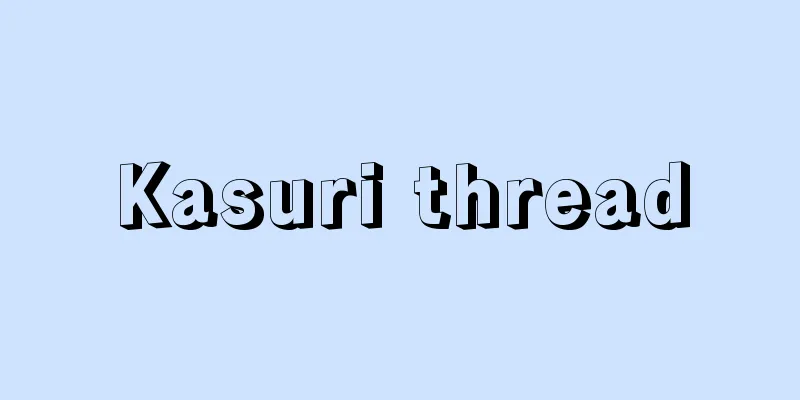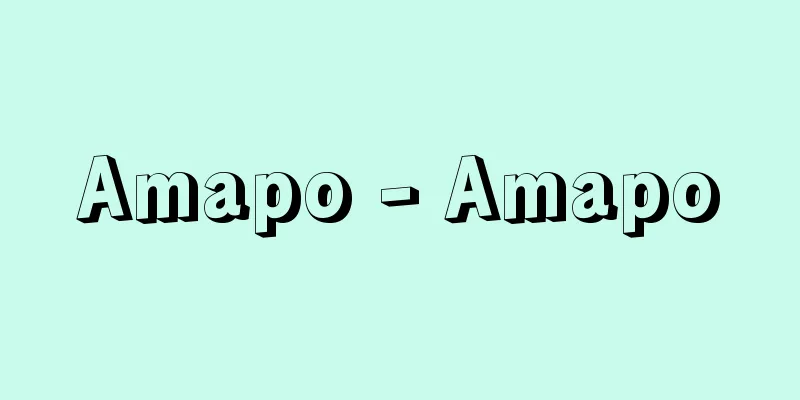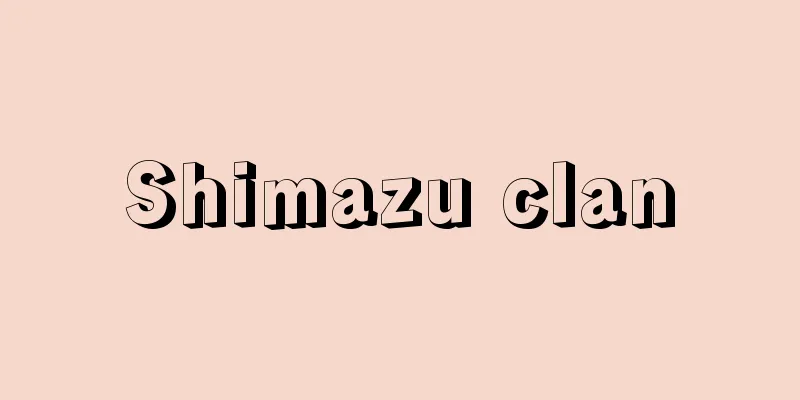Bafun sea urchin - Bafun sea urchin

|
A marine animal belonging to the Echinodermata phylum, Echinoidea class, and Echinidae family. It is a small sea urchin with short spines and an overall appearance similar to horse manure. It is commonly seen along with the purple sea urchin along the coasts of Honshu, Shikoku, and Kyushu. Its habitat and ecology are slightly different from that of the purple sea urchin, living in colonies under stones or on rock shelves and feeding on seaweed. Its shell diameter is about 3 to 4 centimeters, and its spines are about 2 to 3 millimeters long. The color of the spines varies widely, but they are generally dark green with white and pale pink spines mixed in. The naked shell is pale green. The spawning season varies considerably depending on the region, from December to April of the following year. The gonads salted and processed are considered to be the highest quality "sea urchin," but because it is a small species, the yield is low, and the production amount is much lower than that of the Ezo Bafun Uni and the Kita Purple Uni. Fishing for this species has long been popular in the Hokuriku and San'in regions, with the Echizen region being particularly famous. In these regions, efforts are made to increase the population by collecting juveniles using seedling collectors, raising them on artificial reefs, and even setting up closed fishing periods. The fishing season is July and August. In addition to being eaten, the fish is widely used as research material in embryology. It is classified as a separate genus in the same family as the sea urchin Strongylocentrotus intermedius, whose distribution area overlaps in the Tohoku region. It is found off the coast of Japan, as well as along the coasts of the Korean Peninsula and China. [Michio Shigei] [Reference] |Source: Shogakukan Encyclopedia Nipponica About Encyclopedia Nipponica Information | Legend |
|
棘皮(きょくひ)動物門ウニ綱オオバフンウニ科に属する海産動物。棘(とげ)が短く、全体が馬糞(ばふん)のような外観の小形のウニ。本州、四国、九州の沿岸を通じて、ムラサキウニとともにごく普通にみかけられる。ムラサキウニとは生息場所や生態がやや異なり、石の下や岩棚の中に群生して海藻を摂食する。殻径3、4センチメートル、棘長2、3ミリメートルぐらい。棘の色には変異が多いが、全体として暗緑色で、白や淡紅色のものが混在する。裸殻は淡緑色。産卵期は地方によってかなり異なり、12月から翌年4月にわたる。生殖巣を塩蔵加工したものは「雲丹(うに)」の最高級品とされるが、小形種のため収量が少ないという難点をもち、産額はエゾバフンウニやキタムラサキウニに比べて格段に低い。古くから本種の漁の盛んなのは北陸地方や山陰地方で、越前(えちぜん)地方はとくに名高い。これらの地方では採苗器による稚仔(ちし)の採集や人工礁による育成、さらには禁漁期の設定などをして増殖を図っている。漁期は7、8月。食用以外には発生学の研究材料として広く用いられている。東北地方で分布域の重なるエゾバフンウニStrongylocentrotus intermediusとは、同科の別属に分類される。日本沿岸のほか、朝鮮半島と中国沿岸にも分布する。 [重井陸夫] [参照項目] |出典 小学館 日本大百科全書(ニッポニカ)日本大百科全書(ニッポニカ)について 情報 | 凡例 |
Recommend
Pomponia adusta (English spelling)
…[Masami Hayashi]. . … *Some of the terminology e...
Cabanel - Alexandre Cabanel
French painter. Born in Montpellier, he studied a...
Rolling method - Atsuennho
...So this process was called the puddle process....
Blue-green algae (blue powder) - Blue-green algae
A general term for microscopic algae that grow in ...
Rudder fore - rudder fore
…Originally it means a small boat. However, it is...
Silhouette - Shiruetto (English spelling) silhouette French
A monochrome image with the inside of the outline...
Myenteric plexus - myenteric plexus
→ Auerbach's plexus Source: Asakura Publishing...
barre
In classical dance, the term barre refers to a ho...
Khwaja Ahrar (English spelling)
...The doctrine and method of training were stric...
Education and entertainment magazine
…In England, G. Marshall founded the Juvenile Mag...
Adyghe people - Adygejin
... The main ethnic groups in the Transcaucasian ...
Ulothrix zonata (English spelling) Ulothrix zonata
…[Mitsuo Chihara]. . . *Some of the terminology t...
Fig - Fig
A deciduous tree of the mulberry family native to ...
Scientific Industry
...In 1927, the institute established Rikagaku Ko...
Karl IX - Karl
...Then Johan III (reigned 1568-92) elevated Finl...









